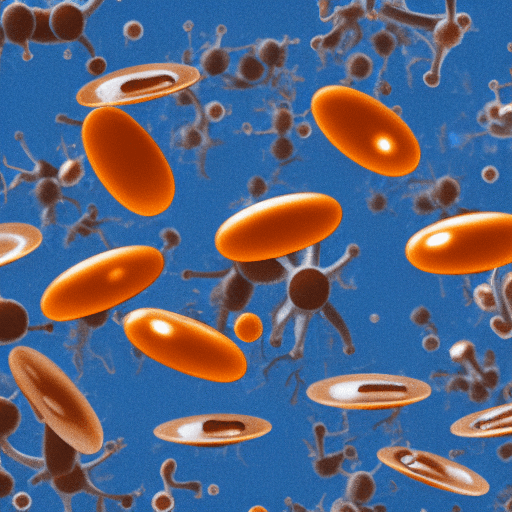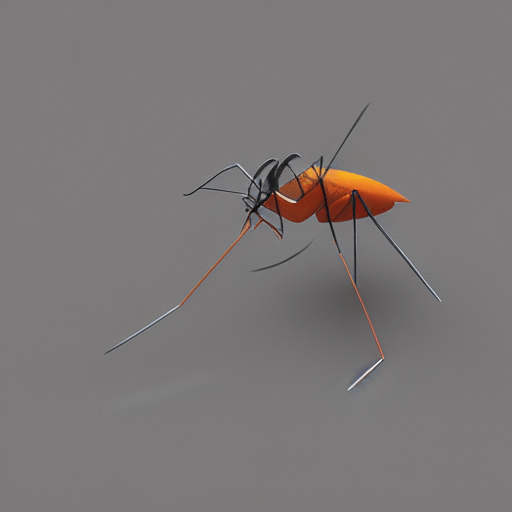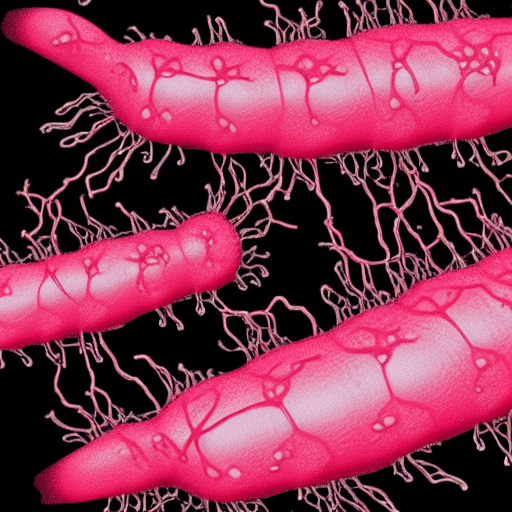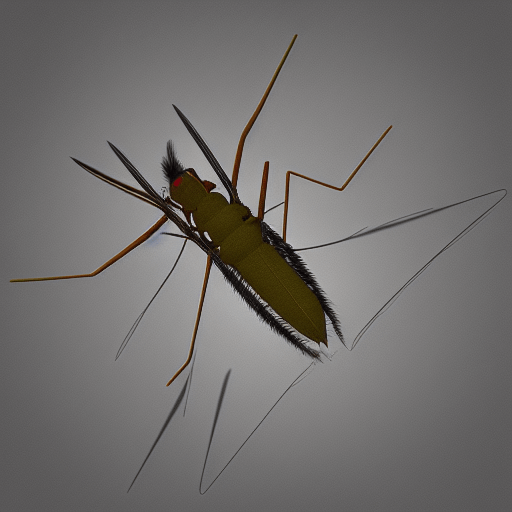How much do you know about plasmodium?
Did you know that there is an entire life cycle of plasmodium?
This life cycle goes through several different stages, and it’s fascinating to learn about each of them.
Let’s dive in and cover the life cycle of plasmodium in detail.

We will cover each stage of the life cycle and explain what happens during each of the stages.
Learning about the life cycle of plasmodium can help you understand how malaria is spread and how it can be treated.
- The life cycle of Plasmodium is very complex.
- It starts with a mosquito bite, which introduces the parasite into the bloodstream.
- From there, it travels to the liver, where it matures and reproduces.
- After a few days, the parasites break out of the liver and invade red blood cells, where they continue to reproduce.
- As the parasites multiply, they destroy red blood cells and release more and more parasites into the bloodstream.
This can cause anemia, fever, and other serious health problems. The final stage of the life cycle occurs when new parasites are released back into mosquitoes, completing the cycle.
What is the life cycle of plasmodium?
The life cycle of plasmodium starts when an infected mosquito bites a human or animal host and injected sporozoites into the bloodstream…
Then, the sporozoites travel to the liver where they invade hepatocytes and mature into schizonts.
After about a week, the schizonts rupture and release merozoites into the bloodstream where they invade erythrocytes.
In the erythrocytes, the merozoites mature into either gametocytes or trophozoites.
If a mosquito ingests gametocytes while feeding on an infected host, the gametocytes will mature into male and female gametes in the mosquito gut.
The male and female gametes will then fuse to form a zygote which will develop into an ookinete. The ookinete will then burrow through the midgut wall and transform into an oocyst on the mosquito.
How does the life cycle of plasmodium work

Plasmodium is a genus of unicellular parasites that are spread by mosquitos.
There are five species of Plasmodium that infect humans, and each has a different life cycle.
- The life cycle begins when a mosquito carrying the parasite bites a human.
- The Plasmodium parasites enter the bloodstream and travel to the liver, where they mature and multiply.
- After about a week, the parasites leave the liver and enter the bloodstream, where they infect red blood cells.
- The parasites multiply inside the red blood cells, causing them to burst.
- This release of parasites into the bloodstream causes the symptoms of malaria, such as fever, headache, and fatigue.
- The cycle then repeats itself when another mosquito bites an infected person and ingests the Plasmodium parasites.
What are the different stages of the life cycle of plasmodium?

The life cycle of plasmodium is complex, with different stages occurring in both the mosquito and human hosts.
The cycle begins when a mosquito carrying the parasite bites a human.
The parasite then enters the bloodstream and travels to the liver, where it multiplies. After a few days, the parasites leave the liver and enter the bloodstream again. Here, they infect red blood cells and begin to multiply rapidly.
The infected cells then burst, releasing more parasites into the bloodstream. This cycle continues until the parasites are eventually cleared from the body by the immune system or treatments such as antimalarial drugs.
Although different stages of the life cycle occur in different hosts, they are all essential for the survival of the parasite.
What are the dangers of plasmodium?

Plasmodium is a microscopic parasite that causes malaria in humans. The parasite is transmitted to humans through the bites of infected mosquitoes. Once inside the human body, the parasite multiplies in the liver and then infects red blood cells.
This can cause a range of symptoms, including:
- fever
- chills
- flu-like illness
If not treated promptly, malaria can lead to severe illness and even death.
The dangers of plasmodium are particularly acute in young children and pregnant women, who are more susceptible to the disease.
In addition, people with compromised immune systems are also at higher risk of developing severe malaria.
With prompt diagnosis and treatment, however, most people with malaria can make a full recovery.
How can the life cycle of plasmodium be prevented?
The prevention of the life cycle of plasmodium can be done in several ways.
The most obvious way is to avoid being bitten by an infected mosquito. This can be done by wearing long sleeves and pants when outdoors, using mosquito netting when sleeping, and using mosquito repellent.
If you are traveling to an area where malaria is common, you should also take preventative medication.
Another way to prevent the spread of malaria is to treat the disease promptly.
If you have any symptoms of malaria, you should see a doctor immediately and begin treatment. Early treatment can help to prevent the disease from progressing and reduce the risk of death.
Finally, it is important to control the mosquito population in areas where malaria is common.
This can be done by draining standing water, using insecticide-treated bed nets, and spraying insecticides in homes and public areas.
However, there are no effective treatments for malaria that can disrupt the life cycle of plasmodium and prevent its spread.
Article Sources
Jacks of Science sources the most authoritative, trustworthy, and highly recognized institutions for our article research. Learn more about our Editorial Teams process and diligence in verifying the accuracy of every article we publish.
